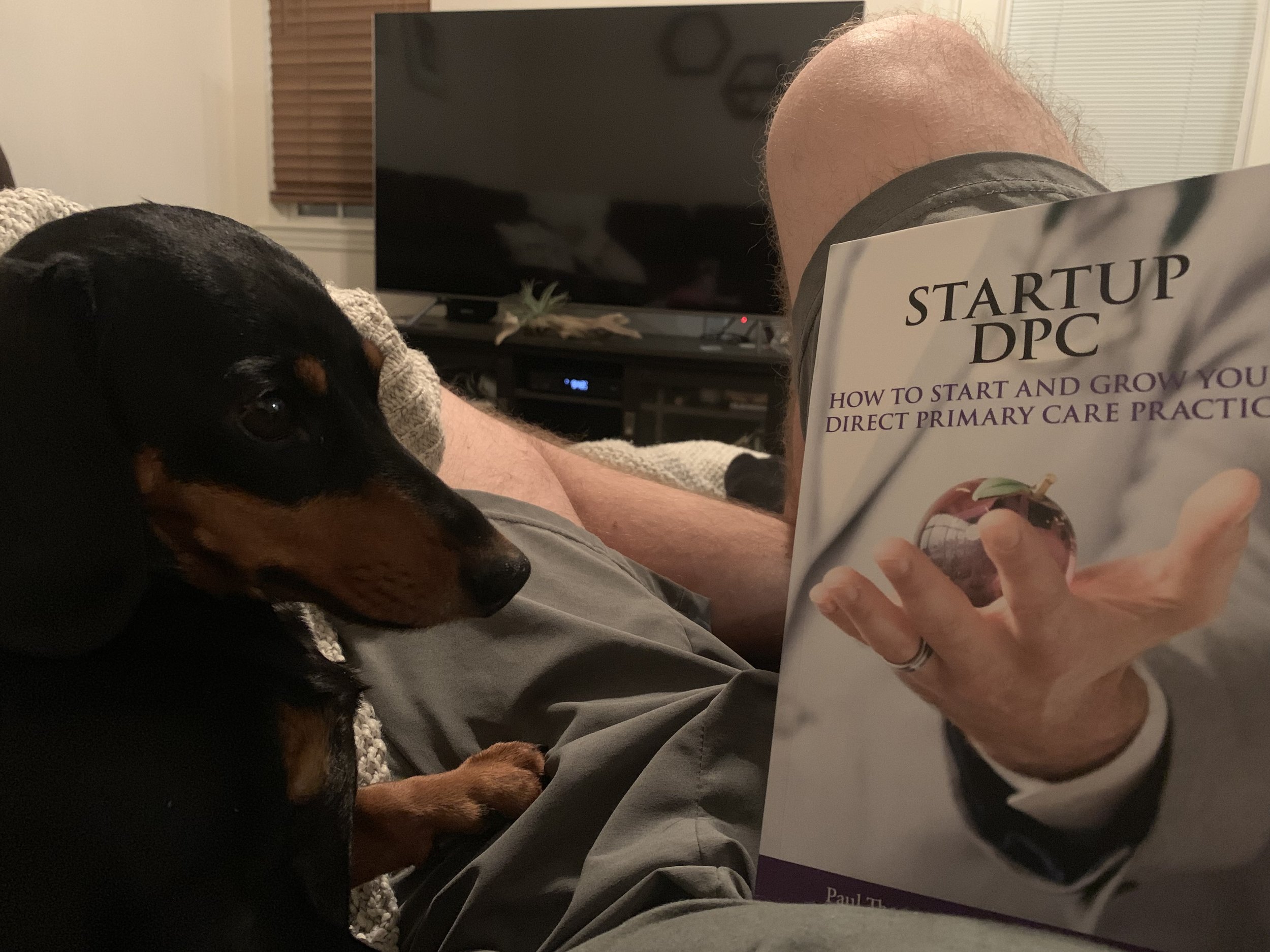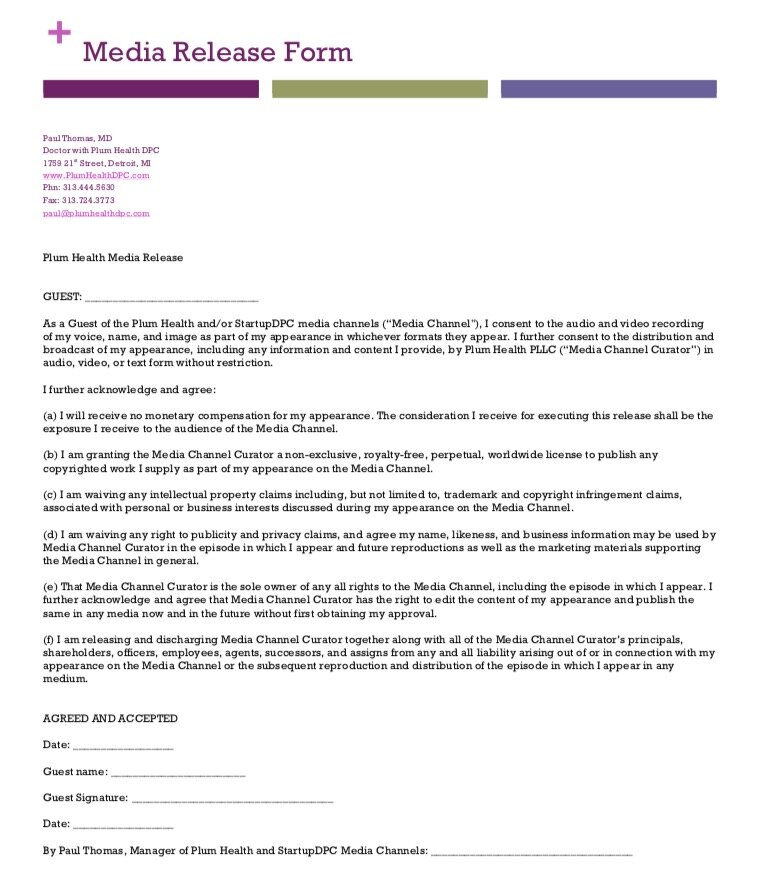How to Hire a Doctor for Your Direct Primary Care Practice
As a Direct Primary Care doctor, you started an amazing practice, and you’ve worked so hard up to this point to build out your work flows and to grow your panel, optimize revenue collection, and train your staff. You’ve done such a great job that, now, you’ve got a waiting list! Congratulations! People have heard great things about your clinic and they’re ready to signup!
Just one little problem - you’re fully booked and you can’t take on any more patients, and you really would like to go on a care-free vacation. Sounds like it’s time to hire another doctor!
Hiring a doctor for your direct primary care practice can be challenging as it involves several important steps. Here's a general guide to help you through the process:
Determine your needs: Assess your practice's requirements to identify the specific role and responsibilities you want the doctor to fulfill. Consider factors such as patient load, personality fit, and any additional skills or expertise you desire. The biggest thing you need to assess is this: does this person believe what I believe? Are they down for the mission of our clinic? Because you don’t just want a doctor, you want the doctor. You need to make sure their heart is in the right place, and honestly, the rest will follow.
Create a job description: Develop a comprehensive job description that outlines the qualifications, responsibilities, and expectations for the doctor position. Include details about the direct primary care model, your practice's mission, vision, and values, and any unique aspects of your approach.
Write a contract or have a lawyer help you write a contract. This is a job and also a legal obligation - having everything in writing and signed by both parties is crucial to getting what you want and showing the new doctor what to expect. We share our sample contract in our Startup DPC course, on how to hire a doctor!
Advertise the position: Utilize various channels to attract potential candidates. Post the job description on online job boards, medical association websites, social media platforms, and consider reaching out to local medical schools or residency programs. Networking within the medical community may also help you find suitable candidates. If you’ve built a strong social media ground game for your direct primary care practice, chances are there are other doctors on the outside looking in and wanting to join you! It may take one, well-written social media post to find the perfect practice partner. Additionally, your alumni reunion activities for your medical school may be a great place to find another doctor or your residency program - if you’re 3, 5, 7, or 10 years out, you may have a colleague who is looking for a change of pace or for that DPC work-life balance.
Review applications and conduct interviews: Carefully review the applications you receive, considering the candidates' qualifications, experience, and compatibility with your practice's values. Shortlist the most promising candidates and invite them for interviews. Conduct thorough interviews to assess their clinical skills, communication abilities, and alignment with your practice's philosophy. You will probably want to have your medical assistant interview the prospective person as well, and you’ll want to ask the same questions to each candidate to ensure a fair and balanced interview process.
Check references: Contact the references provided by the candidates to gain insight into their past performance, work ethic, and professionalism. It's important to verify the information provided in their application and ensure they have a good reputation. A great question to ask an old colleague - “how did you feel working with this person?” Another good question: “would you want this doctor caring for your spouse, kids, or parents?”
Observe clinical skills: Consider arranging a practical assessment to evaluate the candidates' clinical skills. This can involve having them perform a mock patient consultation or observe them during a real patient encounter. Assess their ability to provide comprehensive care and establish a good rapport with patients. At Plum Health, we invite our prospective doctors to spend a day or a half day in our clinic to work with us as we see patients. We get a way better understanding of their demeanor and presence in the exam room.
Assess cultural fit: Evaluate the candidate's compatibility with your practice's culture and values. Direct primary care often emphasizes strong doctor-patient relationships, personalized care, and a patient-centric approach. Look for candidates who align with these principles and demonstrate a genuine interest in the direct primary care model.
Offer and negotiate: Once you've identified the most suitable candidate, extend a formal job offer that includes details about compensation, benefits, working hours, and any specific terms or conditions (this is all in your contract ideally!). Be prepared to negotiate certain aspects, such as salary or benefits, if necessary.
Onboarding and orientation: Once the doctor has accepted the offer, facilitate a smooth onboarding process. Provide them with any necessary paperwork, introduce them to your existing staff, familiarize them with your practice's policies and procedures, and provide any training or orientation required.
Ongoing support and development: Support the doctor's professional growth and development by offering opportunities for continuing medical education, attending conferences, or participating in relevant workshops. Encourage open communication and provide a supportive environment that enables them to excel in their role. With our current doctors, we have helped them to get board certified in obesity medicine, shadow other physicians where they have skill deficits, invite speakers for lunch and learns, and send them to exciting conferences! If you challenge your team mates to bring out the best in them, they will bring their best to the office and to patient care.
Start your direct primary care practice in a desirable area! I know this might be a tough pill to swallow, but if you’re in rural community or a community that doesn’t have the resources that support family life (good schools, parks, museums, sports teams, and other enriching activities), you may have a harder time than typical finding great doctors. For us, in Metro Detroit, there are a lot of resources and therefore a lot of talented people in the area - we are blessed to be surrounded by great institutions that attract and retain great talent.
Remember, this guide provides a general framework, and you may need to adapt it based on your specific requirements. Consulting with legal and healthcare professionals in your state can also help ensure compliance with any applicable laws or regulations.
Thanks for reading, and happy hiring!!!
Again, if you want our sample contract and more nitty gritty on this topic, check out our “Hire a Doctor Startup DPC course”, here!
-Dr. Paul Thomas with Plum Health DPC in Detroit, Michigan







